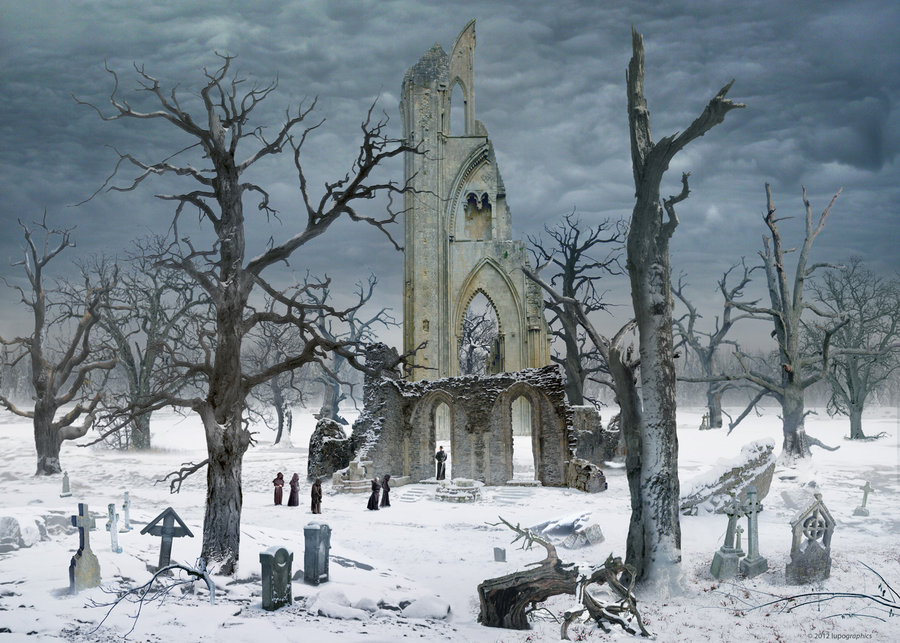What is romanticism?


Liberty Leading the People – Eugène Delacroix, 1830 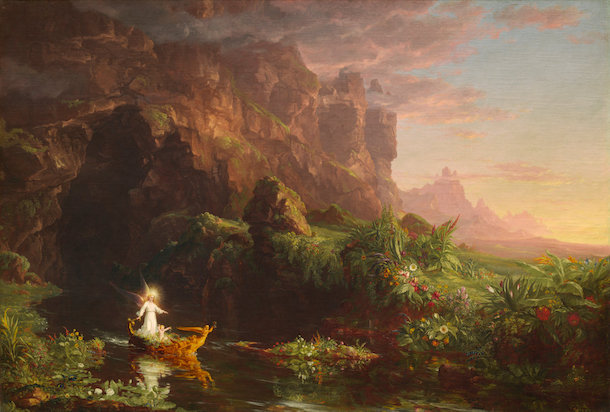
The Voyage of Life: Childhood – Thomas Cole (1801 – 1848)
Romanticism was an artistic, literary, musical, and intellectual movement that originated in Europe towards the end of the 18th century, and in most areas was at its peak in the approximate period from 1800 to 1850.
What is the sublime?

A Ship on the High Seas Caught by a Squall, Know as ‘The Gust’ (1680) – Willem van de Velde
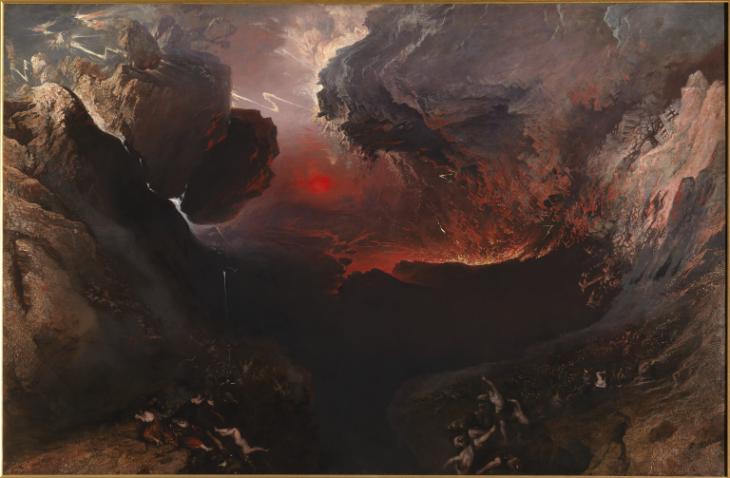
The Great Day of His Wrath (1851–3) – John Martin 
In Snow Storm: Hannibal and his Army Crossing the Alps (1812) – J.M.W. Turner
A quality of greatness or grandeur that inspires awe and wonder. From the seventeenth century onwards the concept and the emotions it inspires have been a source of inspiration for artists and writers, particularly in relation to the natural landscape
What is the romantic sublime?

An Eruption of Vesuvius – Johan Christian Dahl ( 1788–1857) 
An Avalanche in the Alps – Philip James De Loutherbourg 
Snow Storm – Joseph Mallord William Turner
For Romantics, the sublime is a meeting of the subjective-internal (emotional) and the objective-external (natural world): we allow our emotions to overwhelm our rationality as we experience the wonder of creation.
Edmund Burke’s Philosophical Enquiry (1757) connected the sublime with experiences of awe, terror and danger. Burke saw nature as the most sublime object, capable of generating the strongest sensations in its beholders. This Romantic conception of the sublime proved influential for several generations of artists.
Context
There were two intellectual movements that occurred between 1700s-1900s which were heavily influential for photography and art projects that were produced during the time.
The movements were known as ‘The Age of The Enlightenment’ and ‘The Age of Romanticism’.
Someone once quoted “Writers and artists rejected the notion of the Enlightenment, which had sucked emotion from writing, politics, art, etc. Writers and artists in the Romantic period favoured depicting emotions such as trepidation, horror, and wild untamed nature.”
“The ideals of these two intellectual movements were very different from one another. The Enlightenment thinkers believed very strongly in rationality and science. … By contrast, the Romantics rejected the whole idea of reason and science. They felt that a scientific worldview was cold and sterile.”
The Age of The Enlightenment (1700-1800ish)
The Age of Enlightenment (also known as the Age of Reason or simply the Enlightenment) was an intellectual and philosophical movement that dominated Europe in the 17th and 18th centuries with global influences and effects. The Enlightenment included a range of ideas centred on the value of human happiness, the pursuit of knowledge obtained by means of reason and the evidence of the senses, and ideals such as liberty, progress, toleration, fraternity, constitutional government, and separation of church and state.
The Age of Romanticism (1800-1900ish)
Romanticism came as a rebuttal to the Age of Enlightenment and the sense of reason and order. With the progress of industrialization, many people felt that they were losing their individualism and Romanticism aimed at reversing that feeling, celebrating individuals, their connection to nature and how they experience the world.
Romanticism (also known as the Romantic era) was an artistic, literary, musical, and intellectual movement that originated in Europe towards the end of the 18th century, and in most areas was at its peak in the approximate period from 1800 to 1850.
During the Age of Romanticism, William Blake became one of the most influential artists and was mainly known as an English poet, painter, and printmaker. He was largely unrecognised during his life, but is now considered a seminal figure in the history of the poetry and visual art of the Romantic Age.
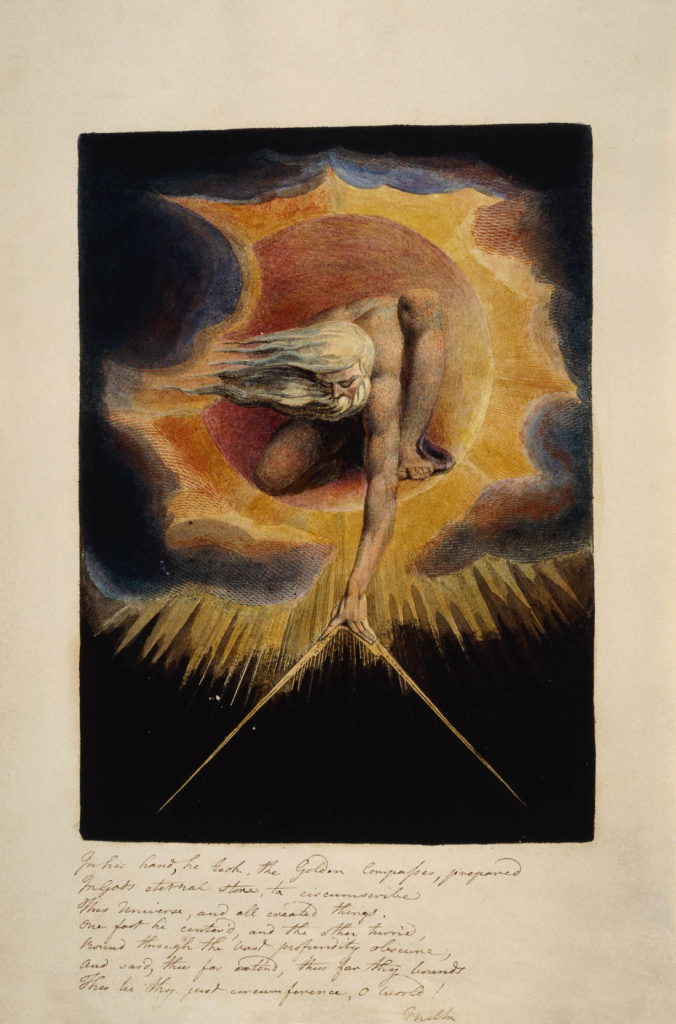
William Blake 
William Blake
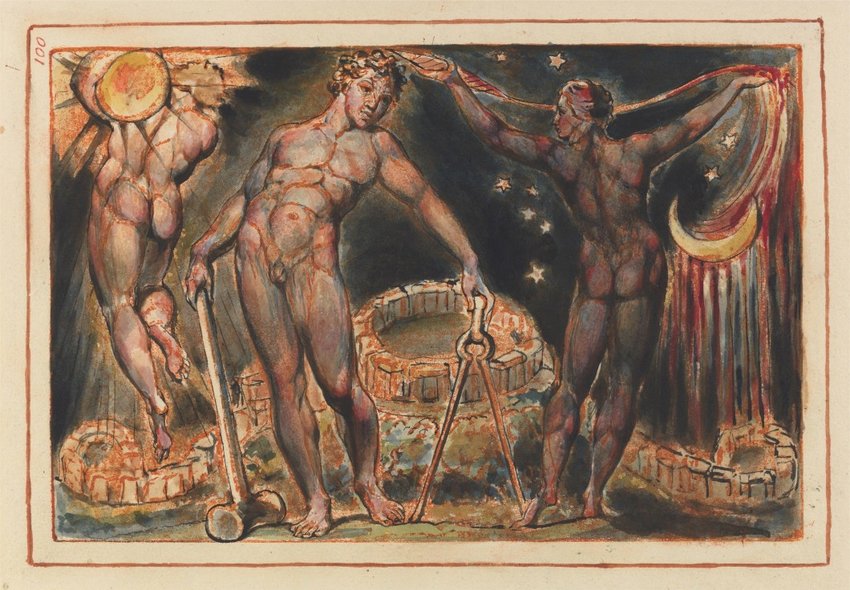
Francisco de Goya was another one of the many influential Romantic artists and was regarded as a highly influential figure in the later years of the 18th century. Francisco Goya’s paintings, engravings, and drawings depicted the political and historical turmoil of the era, thereby influencing many artists that followed after him.

1797-98
Goya’s influence extends to the 21st century, as contemporary artists have also drawn inspiration from the artist’s grotesque imagery and searing social commentary.
His art embodies Romanticism’s emphasis on subjectivity, imagination, and emotion, characteristics reflected most notably in his prints and later private paintings.
At the same time, Goya was an astute observer of the world around him, and his art responded directly to the tumultuous events of his day, from the liberations of the Enlightenment, to the suppressions of the Inquisition, to the horrors of war following the Napoleonic invasion.
Both for its inventiveness and its political engagement, Goya’s art had an enormous impact on later modern artists. His unflinching scenes from the Peninsular War presaged the works of Pablo Picasso in the 20th century, while his exploration of bizarre and dreamlike subjects in the Caprichos laid the foundation for Surrealists like Salvador Dalí.

